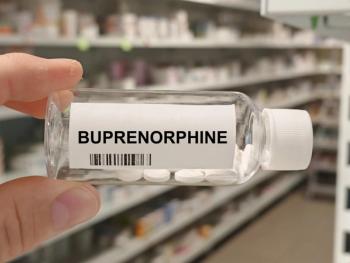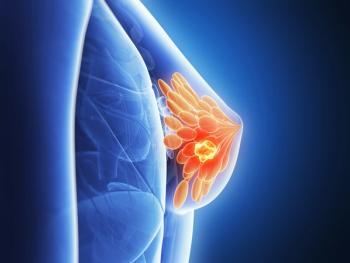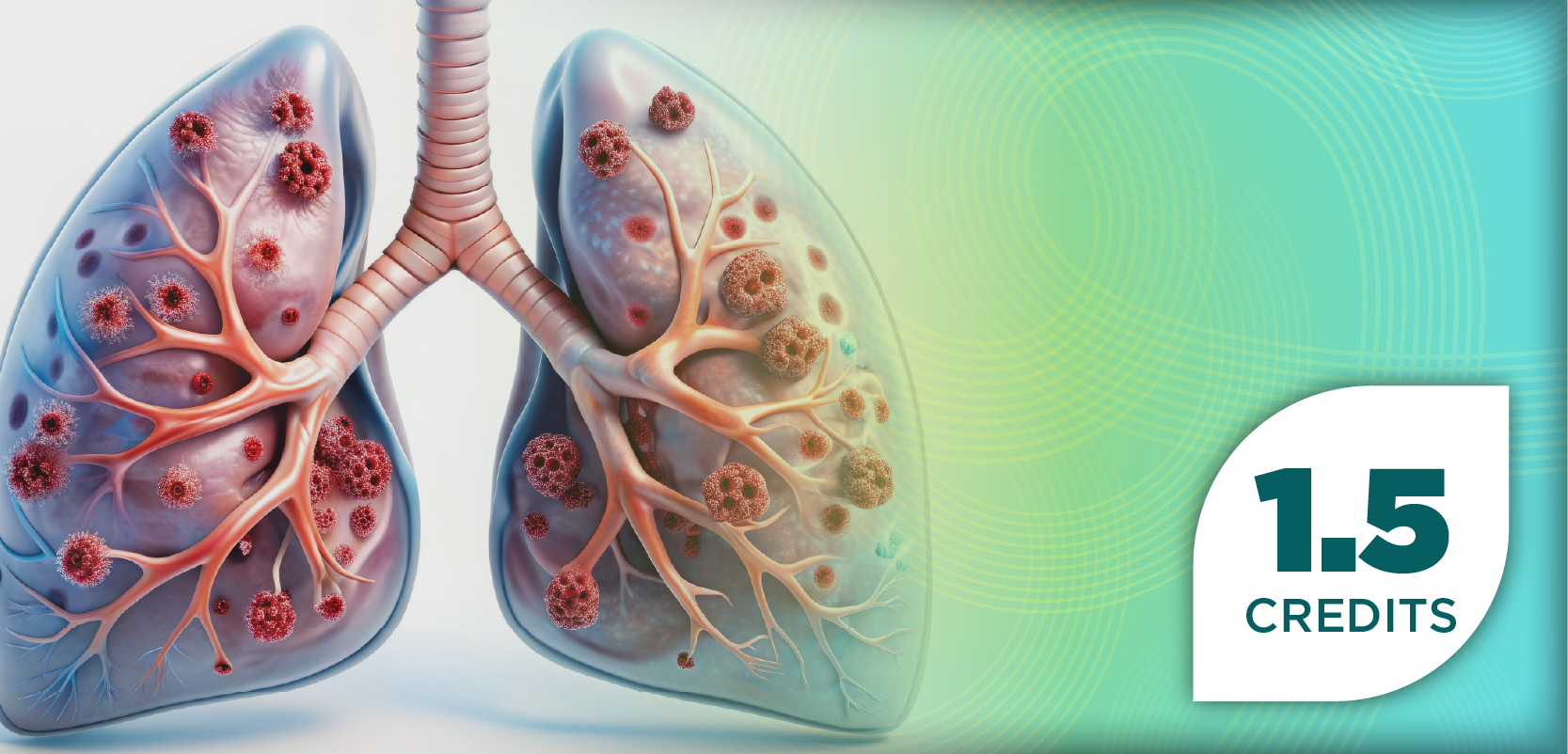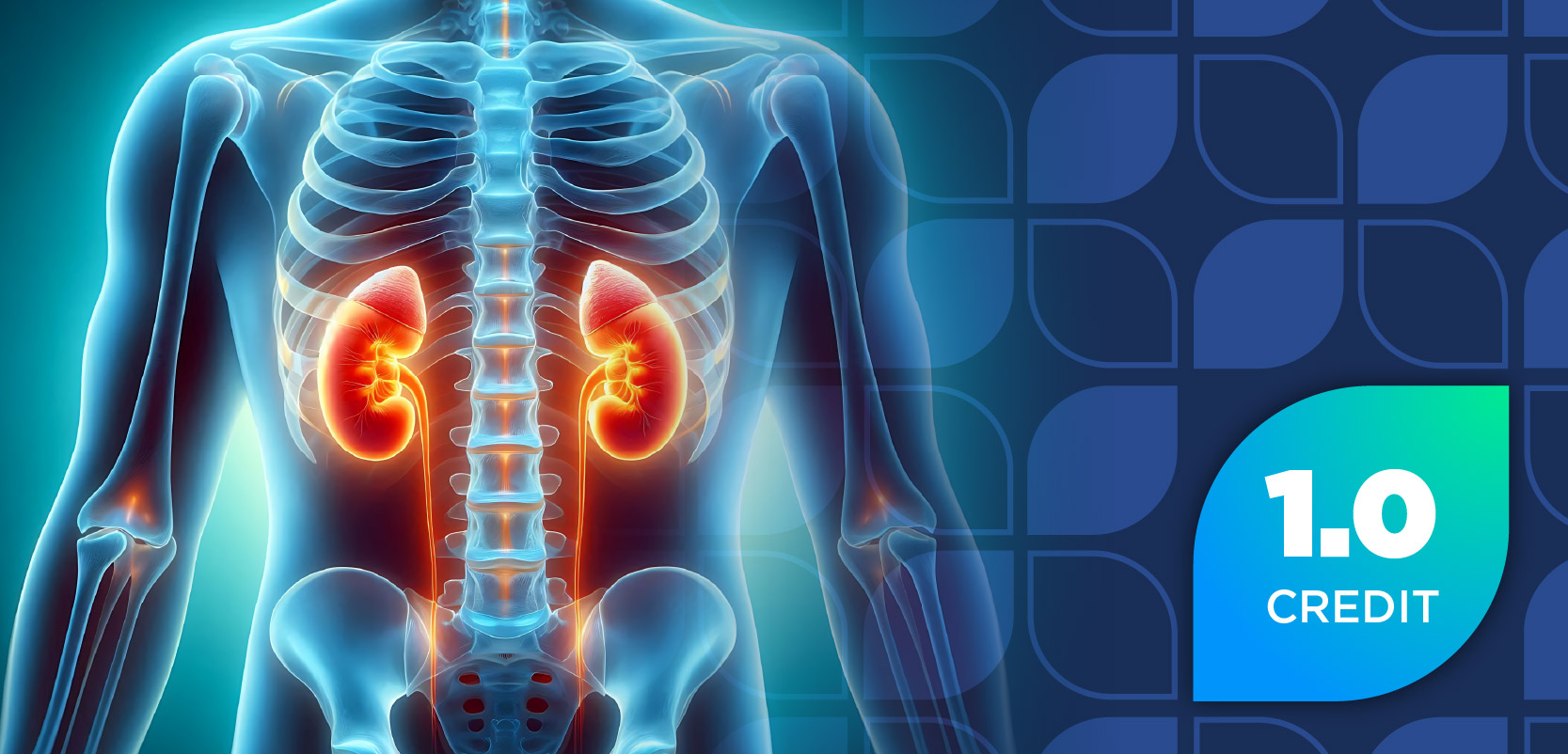
Study: Biomarker May Aid in Identification and Prevention of Uranium Toxicity–Related CKD
Key Takeaways
- Chronic low-level uranium exposure in drinking water is a public health risk, affecting millions in the US.
- Uranium accumulates in kidneys, causing nephrotoxicity, even at levels below the EPA's maximum contaminant level.
New research reveals uranium isotopes in urine as potential biomarkers for kidney damage, highlighting risks from contaminated drinking water in the US.
Recent data published in Environmental Science & Technology demonstrate evidence of isotopic fractionation as a result of chronic low-level uranium accumulation within the kidneys. With these findings, the investigators suggested that health care professionals could eventually detect and potentially prevent uranium toxicity–related chronic kidney disease (CKD).1
Chronic low-level uranium exposure via drinking water is a public health risk in the US, wrote the study authors. Federal data estimates that nearly two-thirds of US community water systems, which serve approximately 320 million people, have detectable uranium levels. Among these water systems, approximately 2% exceed the US Environmental Protection Agency’s maximum contaminant level (MCL) of 30 μg/L. For private wells, which supply water to roughly 15% of the population, about 4% exceed the MCL.1,2
When ingested, uranium accumulates within kidneys, and although roughly 80% of ingested uranium can be excreted in urine within days, high levels become nephrotoxic. Uranium binds to proximal tubule cells, causing injury and interfering with the kidneys’ abilities to properly function. Prior epidemiological studies suggest that even low levels of uranium exposure (< 30 μg/L) could damage kidneys.1,3
Current biomarkers—such as urinary uranium levels—do not properly indicate tissue-specific concentrations and metabolic interactions in kidneys, wrote the authors. Of note, the fractionation of 238uranium/235uranium may potentially serve as a biomarker for the metabolic interaction of uranium with organs.1
“Uranium that enters the body through drinking water is filtered by the kidneys, where some of it is retained and can cause harm over time,” senior author Anirban Basu, PhD, geochemist and research scientist at Columbia Mailman School, explained in a news release. “Our study suggests that uranium isotopes in urine may provide a sensitive, noninvasive biomarker for detecting kidney accumulation and the risk of damage. Our findings raise particular concern for communities in the Great Plains and the Colorado Plateau, including many Native American populations, where natural uranium deposits and legacy mining activity have led to high groundwater contamination.”3
In this study, the researchers conducted experiments within mouse models in both the kidneys and bones with distinct isotopic signatures after just 7 to 14 days of exposure to contaminated water. They wrote that this study was the first example of in vivo evidence that shows how molecular uranium uptake alters the proportions of its isotopes detectable in organs and in urine. Because uranium's isotopic signature is detectable in urine, this biomarker could enable cost-effective and noninvasive monitoring of kidney uranium levels—especially useful in communities at higher risk of exposure.1
Specifically, the observed mouse models demonstrated changes in uranium isotopic composition (238uranium/235uranium expressed as δ238uranium) in organs after 50 mg/L of uranium was administered via drinking water for 2, 7, and 14 days. The researchers reported finding enrichment of 235uranium in the models’ kidneys and bones—the target organs—whereas urine was enriched in 238uranium.1
The investigators noted their optimism about noninvasive measurement of renal uranium bioaccumulation, which, when performed in human subjects with CKD, may aid the early detection of nephrotoxicity and prevention of irreversible kidney damage.1 The study is part of a larger effort to improve environmental health surveillance while simultaneously developing tools to monitor metal exposures within vulnerable populations. Future studies with longer exposure periods and lower uranium doses are planned to better understand long-term effects, said the study authors.3
“Current tools to measure uranium in the body don’t tell us how much is accumulating in the kidneys specifically—this is a big roadblock to understanding and preventing long-term kidney damage from uranium exposure,” first author Catherine Lucey, doctoral student in environmental health sciences at Columbia Mailman School, said in the news release. “Our results support the development of new models to predict how uranium travels through the body—from ingestion to accumulation and excretion. This work lays the foundation for precision biomarkers that could lead to earlier intervention—before irreversible kidney damage occurs.”3
REFERENCES
1. Lucey CM, Pearson BL, DeSantis K, et al. Isotopic Fractionation of Natural Uranium in Mice as a Potential Biomarker of Renal Accumulation. Environ Sci Technol. 2025;59(28). doi:10.1021/acs.est.5c03403
2. Guéguen Y, Frerejacques M. Review of Knowledge of Uranium-Induced Kidney Toxicity for the Development of an Adverse Outcome Pathway to Renal Impairment. Int J Mol Sci. 2022;23(8):4397. Published 2022 Apr 15. doi:10.3390/ijms23084397
3. Columbia University's Mailman School of Public Health. New biomarker may signal uranium in drinking water accumulates in and damages kidneys. News release. July 21, 2025. Accessed July 22, 2025. https://www.eurekalert.org/news-releases/1091944
Newsletter
Stay informed on drug updates, treatment guidelines, and pharmacy practice trends—subscribe to Pharmacy Times for weekly clinical insights.


















































































































































































































